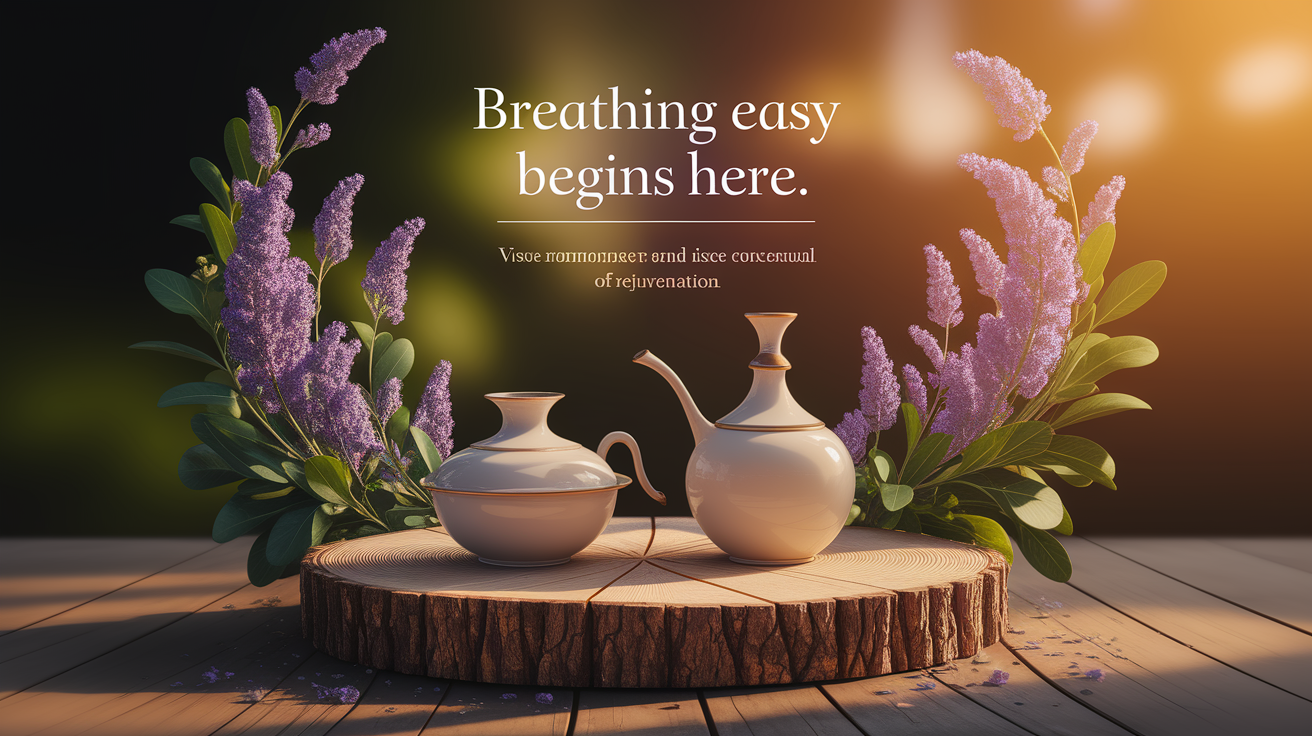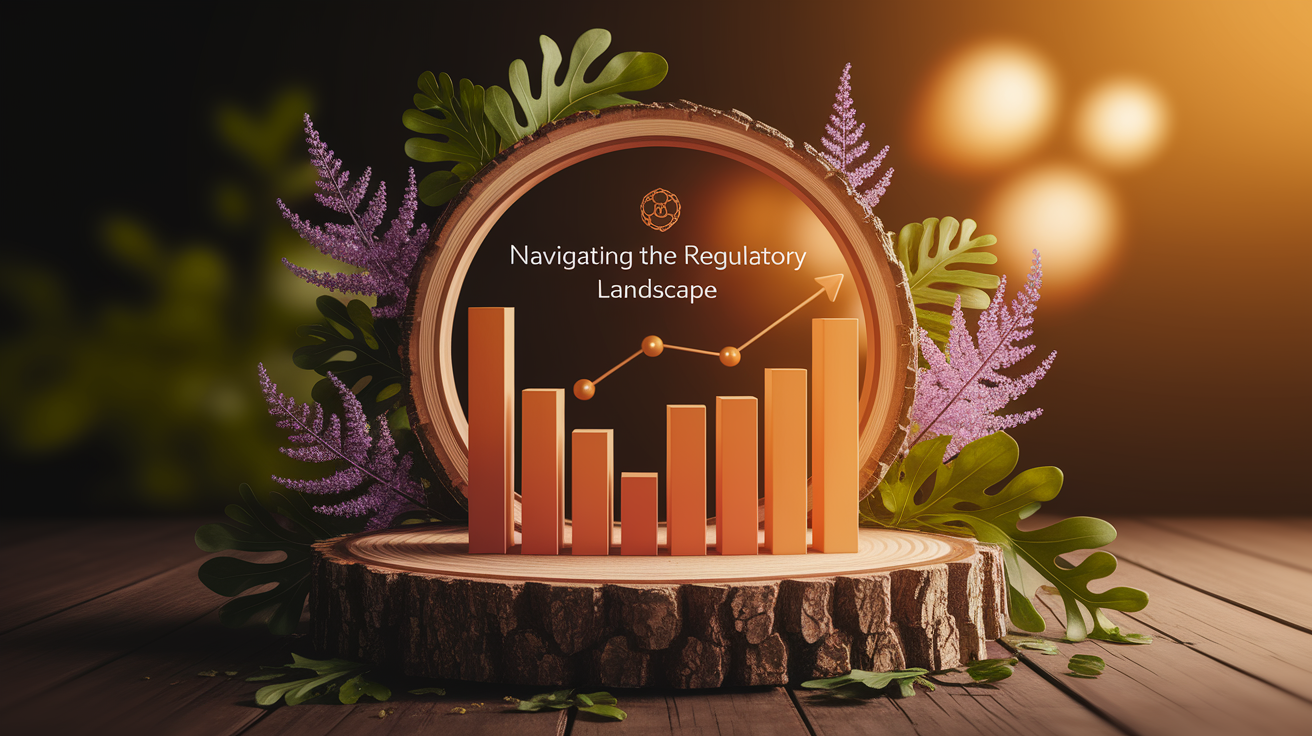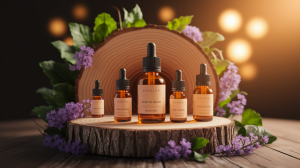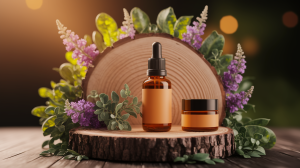Breathing Easy Begins Here
I still remember the first time I walked into a sunlit lobby that smelled like someone had just tipped over a whole basket of oranges and herbs—it was dazzling, uplifting… and then, in the corner, I spotted a woman rubbing her temples, eyes squeezed shut. That moment stuck with me. Scents can lift moods, sure, but they can also make someone dizzy, trigger a migraine, or close up their airways. In public spaces, we share the air, and what floats in it matters. Breathing easy isn’t just poetic—it’s a goal. The magic of a scent should never come at the cost of someone else’s comfort or health.

Understanding Health Risks of Essential Oils
Essential oils often come with a “natural” halo, but nature can be potent—sometimes too potent. Oils like eucalyptus, sage, cinnamon bark, and wintergreen can spell trouble for people with asthma, epilepsy, estrogen-dependent cancers, or for those who are pregnant or nursing. Even a gentle lavender mist can set off allergies or migraines in someone sensitive to fragrance. There’s also the sneaky part: not every label tells the full truth. Some products, despite saying “natural,” can still carry harmful ingredients, thanks to limited regulation. The risks in public spaces are real, as outlined in resources like this overview of health effects, and accessibility toolkits warn about unregulated labeling. In shared environments, even well-meaning aromatherapy can tip into indoor air pollution.

Navigating the Regulatory Landscape
Here’s the curious part: in the United States, there’s no sweeping federal law telling us what we can or can’t diffuse in public buildings. Decisions are often left to local fire codes, air quality guidelines, or the policies of the organization itself. Some places require physician orders for certain oils; others keep handling procedures in a binder somewhere. It all varies, which can make the rules feel like shifting sand. Checking local considerations for scented products and reviewing safety data sheets are smart moves. The Canadian scent-free policy guide also offers useful advice for navigating these gaps. Compliance starts with knowing your landscape—even if that landscape changes from one building lobby to the next.

Crafting Your Scent Policy
A good scent policy isn’t about banning joy or erasing culture—it’s about making the air fair for everyone. You begin by assessing the risks, ideally with health and facility experts weighing in. Then you write it down: what’s allowed, what’s not, and why. Education plays a big part; people tend to follow rules they understand. Resources like this step-by-step scent-free guide and inclusive toolkits can help you lay the groundwork. Clear, visible notices and easy-to-find lists of approved products will save you endless headaches later.

Implementing and Maintaining the Policy
Rolling it out in one big swoop can feel abrupt, so a pilot program might be your friend. Try scent-free zones or certain days without diffusers first. Pair that with staff training and open conversation—because enforcement works better when it’s human. Keep an ear out for feedback, and be ready to tweak things as you learn. Partnering with suppliers of fragrance-free or low-VOC cleaning products shows you’re serious about healthier indoor air quality. The goal is to make the policy live and breathe with the space, not sit in a dusty folder.

Balancing Accessibility and Practicality
This is where it gets delicate. Some fragrant traditions are cultural, even spiritual, and not everyone can afford unscented alternatives. A truly inclusive plan finds compromises—perhaps designated scented areas, scheduled use times, or offering fragrance-free products on site for those who need them. According to the accessibility toolkit, respect and flexibility are key. It’s about creating a space that protects people with chemical sensitivities while acknowledging the significance scent can hold for others. Nobody wins when rules feel like erasure.
Fresh Outlook: Your Scent Policy Roadmap
Think of your scent policy as a map to cleaner, fairer air. You’ve assessed the health risks, navigated the murky regulatory waters, put pen to paper, tested it out, and found a balance that respects all breathers. The destination? A public space where breathing easy really does begin the moment someone walks in—and the only thing filling their lungs is air they can count on.












